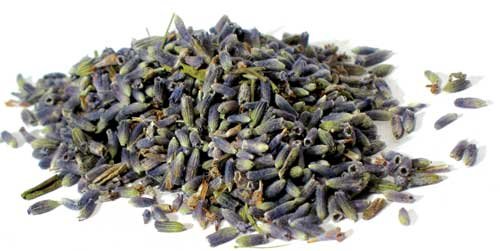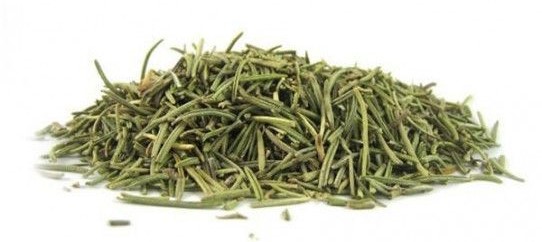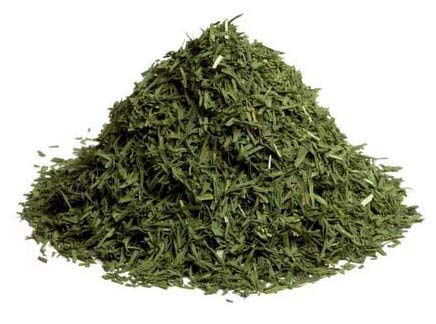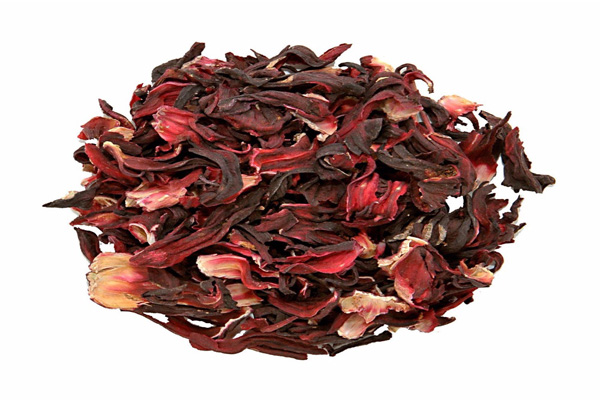Lavenders

Botanical Name: Lavandula angustifolia
Since ancient times, lavender has been used to reduce symptoms and provide support for multiple conditions. Modern science has confirmed many of its health benefits, while others are still under investigation.
Lavender may help with some of the following: insomnia, anxiety, hair loss, headaches, chemotherapy side effects, acne, burns, eczema and dry skin wound healing and mood issues...
Rosemary

Botanical Name: Salvia rosmarinus
The herb not only tastes good in culinary dishes, such as rosemary chicken and lamb, but it is also a good source of iron, calcium, and vitamin B-6.
The herb has been hailed since ancient times for its medicinal properties. Rosemary was traditionally used to help alleviate muscle pain, improve memory, boost the immune and circulatory system, and promote hair growth.
Dill

Botanical Name: Anethum Graveolens
As herb and spice, dill is commonly used to elevate the flavor of various dishes. It’s often paired with salmon, potatoes, and yogurt-based sauces.
In addition to culinary uses, dill is rich in several nutrients and has traditionally been used to treat various ailments, including digestive issues, colic in infants, and bad breath.
Hibiscus

Botanical Name: Hibiscus sabdariffa
Hibiscus is a urinary antiseptic and a diuretic. The flowers remedy menstrual pain. The root is used to calm coughs and free the airways. Hibiscus is recommended to fight against hypertension and cholesterol.
Thyme

Botanical Name: thymus vulgaris
Thyme is an herb with a distinct smell, used to flavor foods and also as medicine.
Thyme contains chemicals that might help bacterial and fungal infections. It also might help relieve coughing and have antioxidant effects.
People commonly use thyme for cough, patchy hair loss (alopecia areata), dementia, and many other conditions, but there is no good scientific evidence to support these uses.
